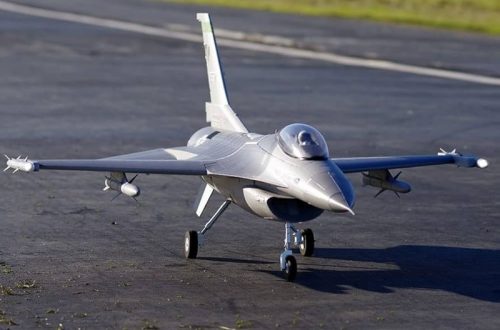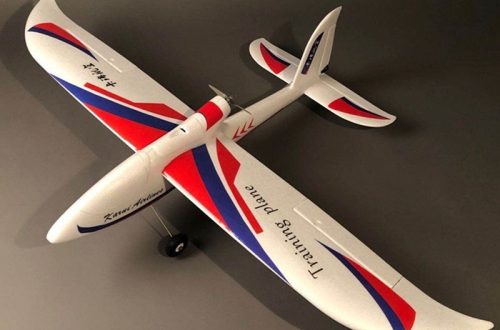The skies are getting busier! Drones, once a novelty, are now a common sight buzzing through the air for recreation, photography, and even commercial deliveries. With this increasing presence comes a growing need for safety and accountability. Enter Remote ID (Remote Identification): a technological game-changer for drones. This guide delves into everything you need to know about Remote ID drones, from understanding the technology to navigating the regulations and exploring the benefits for pilots and the public alike.
Part 1: Unveiling Remote ID – What It Is and How It Works
The Digital License Plate:
Envision a future where drones are equipped with a digital identification system, not unlike the license plates on cars. This system, known as Remote ID, is designed to provide vital information about drones in operation. Essentially, Remote ID-enabled drones transmit crucial details such as their unique identification code, precise location, altitude, and the location of their control station. Comparable to the identity information displayed by a car’s license plate, Remote ID serves as a means of enhancing accountability and safety in the rapidly evolving realm of drone technology. By broadcasting this data, authorities, aviation stakeholders, and the general public can gain greater insight into the presence and activities of drones in the airspace.
Broadcast Options:
Drones transmit Remote ID data through two primary methods: onboard beacons and tethered modules. Onboard beacons are integrated into newer drone models, enabling them to autonomously broadcast Remote ID information during flight. These compact devices are seamlessly incorporated into the drone’s design, providing a streamlined solution for compliance with Remote ID regulations. In contrast, older drone models may necessitate the use of external modules to enable Remote ID functionality. These tethered modules are attached to the drone and are responsible for transmitting the required identification data during operation. While they may require additional setup and installation, tethered modules serve as a valuable option for retrofitting older drone models to align with Remote ID requirements.
Receiving the Signal:
So, who receives this broadcasted data? There are several potential receivers, including air traffic control systems, law enforcement, and other authorized parties. This allows for real-time identification and tracking of drones in the airspace.
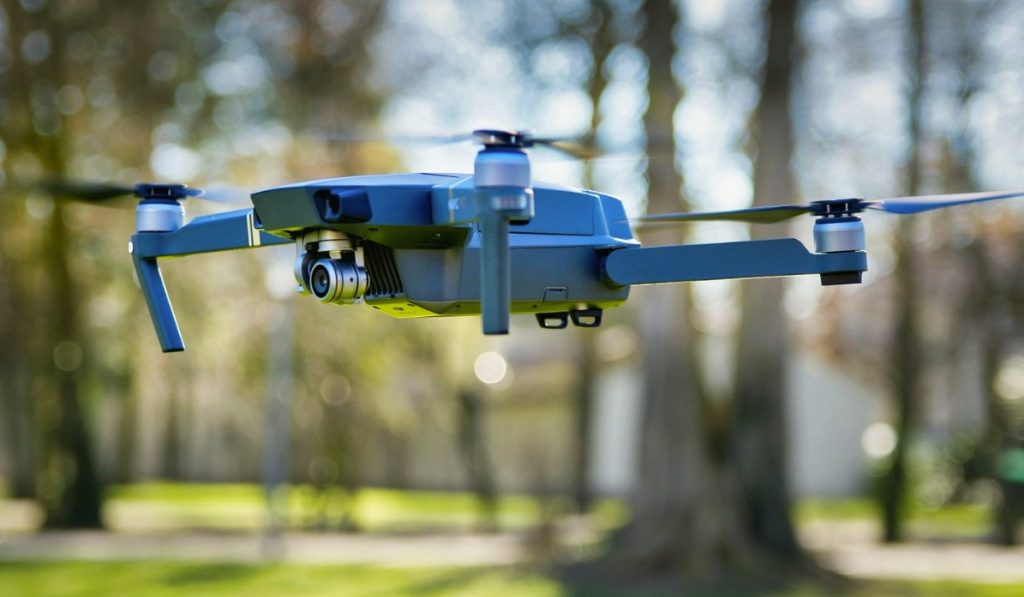
Part 2: Why Remote ID Matters – Benefits for All
Enhanced Safety:
Remote ID fosters a safer airspace for everyone. By identifying drones in the vicinity, manned aircraft pilots can be aware of potential conflicts, reducing the risk of mid-air collisions.
Improved Accountability:
Remote ID represents a significant advancement in the realm of drone technology. It empowers authorities to effectively identify and track drone operators. By providing crucial real-time information about drone flights, including the unique identification code, location, altitude, and control station details, Remote ID serves as a deterrent to irresponsible drone operation.
This capability plays a crucial role in discouraging reckless flying behavior. Operators are aware that their activities are being monitored and can be easily traced back to them. Additionally, Remote ID facilitates the enforcement of drone regulations. This allows authorities to swiftly address non-compliance and take appropriate action when necessary. As a result, the implementation of Remote ID contributes to fostering a safer and more secure environment in the skies for all airspace users.
Unlocking New Possibilities:
Remote ID paves the way for more complex drone operations, like Beyond Visual Line of Sight (BVLOS) flights, where drones fly beyond the pilot’s direct line of sight. This opens doors for applications like commercial deliveries and infrastructure inspections.
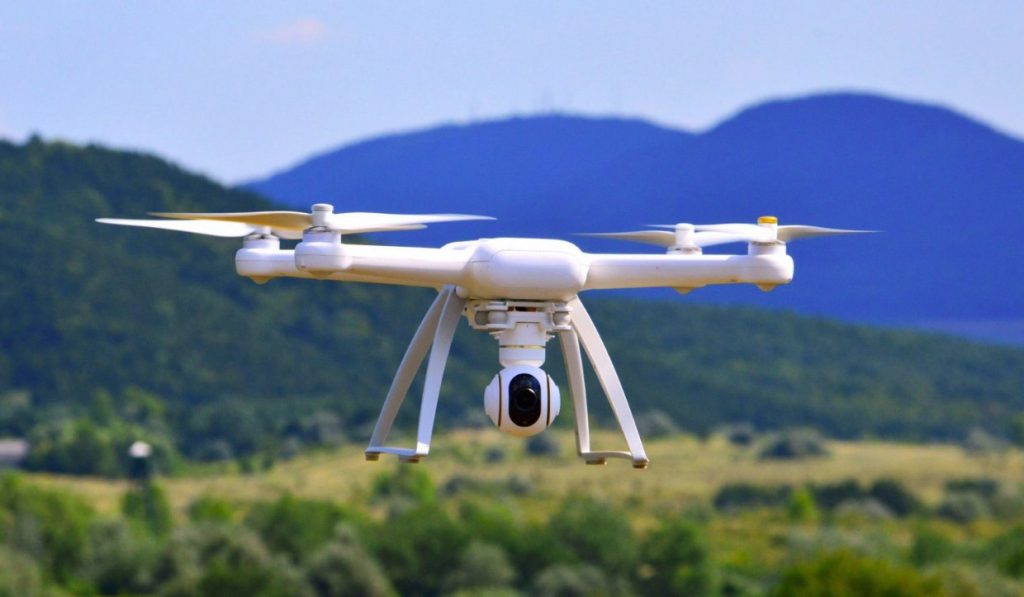
Understanding the Rules:
The Federal Aviation Administration (FAA) has instituted Remote ID regulations in the United States to enhance the safety and security of drone operations. These regulations stipulate that all drones weighing 0.55 pounds or more, which is approximately 250 grams, are mandated to comply with Remote ID requirements when operating in outdoor environments.
The implementation of these regulations is aimed at ensuring the accountability and transparency of drone operations, given the increasing prevalence of drones in the national airspace. By requiring Remote ID compliance for drones meeting the specified weight threshold, the FAA seeks to address safety concerns, protect airspace integrity, and minimize potential risks associated with unauthorized or irresponsible drone activities. This framework establishes a standardized approach for drone identification and tracking, enabling authorities to monitor and oversee drone operations effectively.
Registration Requirements:
Most drone pilots must register their drones with the FAA. The registration process is relatively simple and can be completed online. The registration number becomes part of the drone’s Remote ID broadcast.
Staying Informed:
The world of drone regulations is evolving. Stay updated on the latest FAA Remote ID rules and any exemptions that might apply to your specific drone or flying scenario. The FAA website is a valuable resource for drone pilots.
Part 4: Choosing a Remote ID Drone – Features to Consider
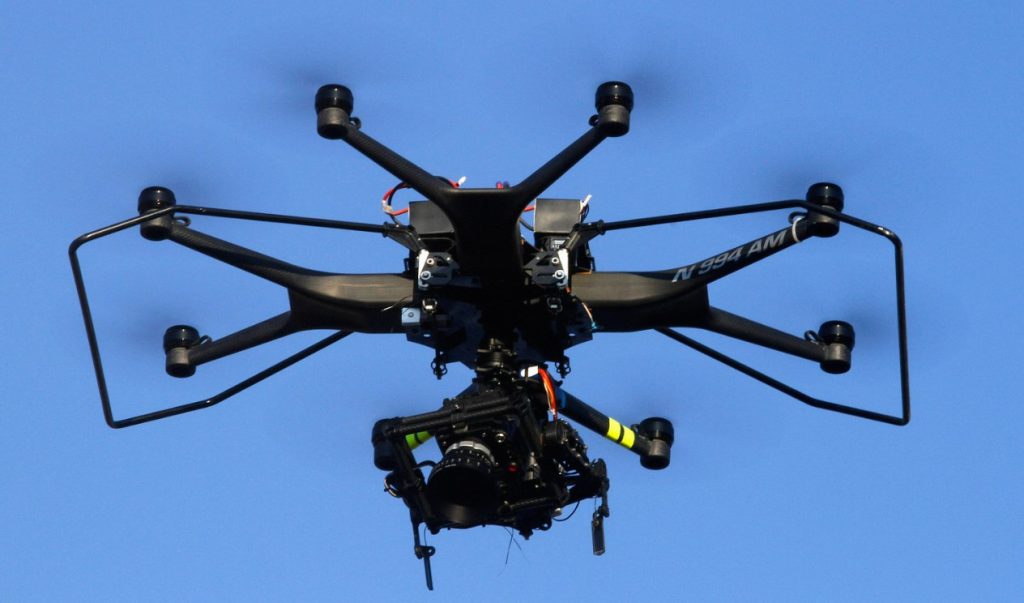
Built-in vs. Add-on:
When selecting a drone, consider if it has a built-in Remote ID beacon or if an additional module is required. Built-in options offer a sleeker design, while add-on modules might be a good choice for older models.
Range and Battery Life:
The range of the Remote ID signal and the drone’s battery life are crucial factors. Ensure the drone’s operating range aligns with your flying needs, and choose a battery that provides sufficient flight time for your desired operations while maintaining Remote ID compliance.
Compliance Certification:
Look for drones that are certified compliant with Remote ID regulations. This ensures the drone’s broadcasting system meets the required specifications for proper identification.
Part 5: The Future of Remote ID – Soaring Towards Innovation
Continuous Improvement:
Remote ID technology is constantly evolving. Expect advancements in signal strength, range, and data security as the technology matures.
Unlocking the Potential:
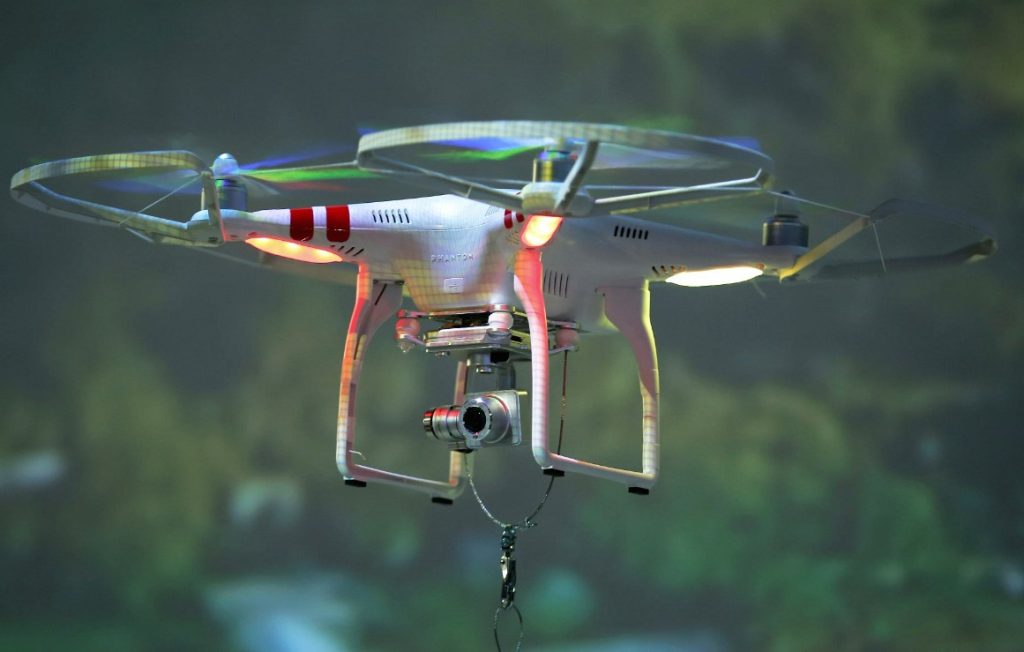
Remote ID opens doors for a future filled with safe and integrated drone operations. Imagine a network of drones seamlessly sharing the airspace with manned aircraft, delivering packages, and performing vital tasks.
The success of Remote ID relies on a collective effort. Drone manufacturers, pilots, air traffic control systems, and regulatory bodies all play a role in ensuring safe and efficient drone integration into the airspace.
By understanding Remote ID technology, its benefits, and the evolving regulations, drone pilots can embrace a future of responsible flying. So, equip yourself with a Remote ID compliant drone, fly safely, and be part of the exciting world of drone innovation!

